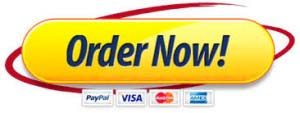1- Briefly explain the Boxplot for data visualization and analytics and give its example ?
2- You are about to buy a car/bike. Explain details using Simon’s four-phase model, describe your activities at each step?
3- WEFAQ company decided to build a data warehouse system. Whereas, the company needs a secure, available, flexible and high-performance system without taking into account the complexity aspect.
You, as an IS specialist at the company, are asked to provide the most suitable architecture, with the reasons for choosing it?


